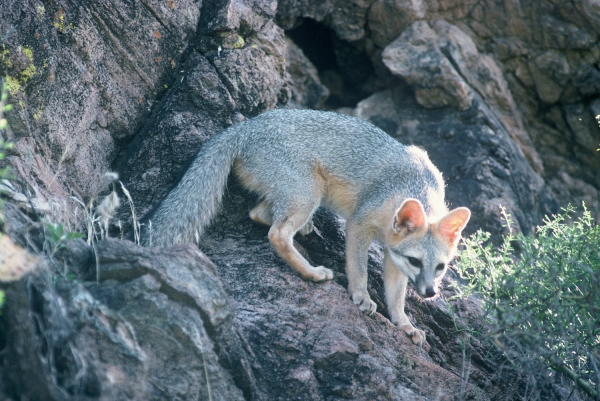Advice: Leave Wildlife Young Alone
GW: This from Nebraska Game and Parks Commission; it’s good advice for us all. However, everyone knows (except Nebraska’s Game and Parks Commission) that animals can never have “babies.” Only humans are capable of that.
It is never a good idea for people to disturb or rescue young wildlife. These wildlife babies do not make good pets, and though they may appear to be abandoned, their parents frequently are not far away.
Most people are not equipped or knowledgeable enough to raise wildlife species, so taking them out of the wild is typically a death sentence for these creatures, despite the good intentions of the rescuer.
The Nebraska Game and Parks Commission offers other reasons for leaving wildlife babies alone:
— Some wildlife babies may appear to be abandoned, orphaned or injured, but their parents usually are feeding or drinking nearby.
— A doe will leave its fawn to keep it from being detected by predators. A fawn is well-camouflaged and difficult for predators to see when it is still. The doe is much larger and can be seen easily by predators as she feeds. She keeps the fawn hidden and leaves the area to draw attention away from the fawn’s location.
— The longer a young animal is separated from its mother, the slimmer the chance it will be reunited with her.
— Trying to raise a wild animal as a pet is a poor idea. As an animal matures, it becomes more independent and follows its natural instinct to leave and establish its own territory. Rescued animals are poorly prepared for life in the wild.
— Most wild animals are protected by state or federal law, and it is illegal to possess them.
— Wild animals may carry disease that can be transmitted to humans or pets.
— Once wildlife babies mature, they may become aggressive toward their handlers, such as deer during the rut.






